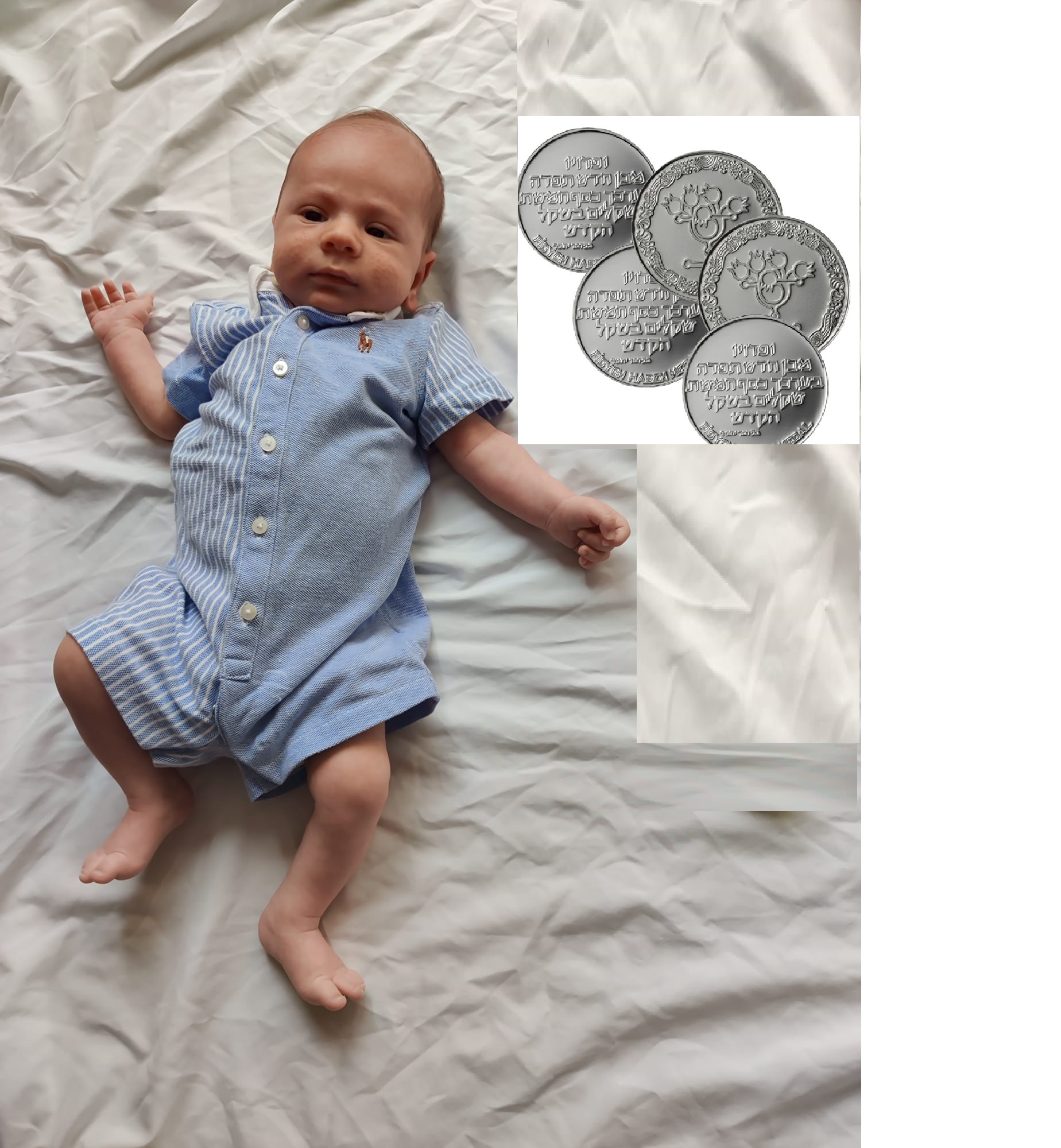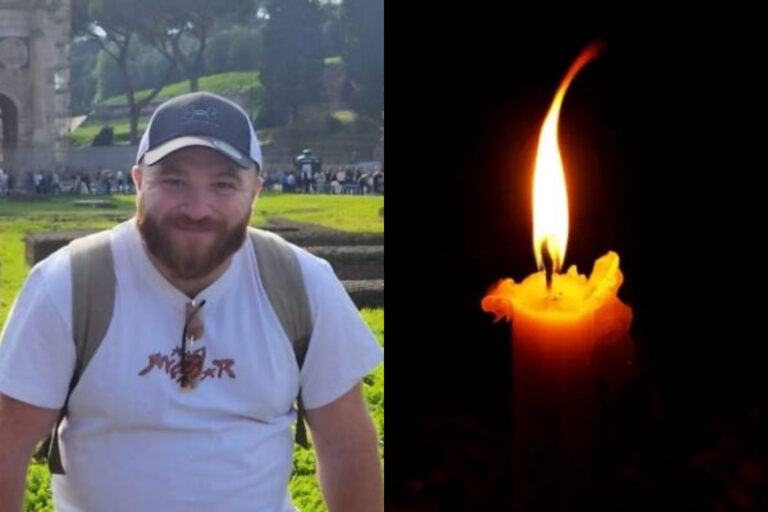By Rabbi Yair Hoffman for 5tjt.com
This article is written in honor of the Pidyon HaBen of Amita Yaakov, the author’s great-nephew.
A Pidyon HaBen is a ceremony that is somewhat rare, and only occurs in 1 out of X births. It is difficult to estimate how common they are, but let’s give it a shot. What follows is an exercise in halacha, math, and medical statistics. We are solving for X, of course.
According to the 2020 Pew Research Center study, Orthodox Jewish families have approximately 4.1 children each. Since a PH is done only for male children, so far, we have 1 out of 8.2 births.
A PH is not done if the baby was born by C-section. The rate of primary C sections in the US according to the CDC (https://www.cdc.gov/nchs/data/vsrr/vsrr021.pdf) is about 20.6% so we divide 8.2 by .794 and we get 1 out of 10.33 births.
The next factor, sadly, is the percentage of first births that come after a miscarriage. Technically, in order for a baby to be exempt from a pidyon haben after a miscarriage the first baby that was lost had to fulfill two requirements – 1] it must have been more than 40 days into the pregnancy and 2] it must have had formed limbs. [See Shulchan Aruch YD 305:22-23]. Practically, Rav Moshe Feinstein zt”l ruled that one may hold a Pidyon HaBen with a bracha if the miscarriage happened up until ten weeks of the pregnancy. This author’s calculations are that approximately 6% of pregnancies miscarry after ten weeks. So we divide our 10.33 by .94, and we get 1 in 11 average births.
The final factor is whether the child’s father is a Kohain or Levi or if the mother was a daughter of a Kohain or a Levi. Since the incidence of Kohanim and Leviim is about 4% each and we add these factors together, we would divide our 1 in 11 by .84 and we would get 1 in 13 births. This figure is assuming 4.1 children per family. The rule of thumb is that you take the average family size and multiply that by 3.2.
The author can be reached at [email protected]












5 Responses
Nice to see the Rabbi has moved on from worrying about anti-vaxxers. A little fairyland trip down math-equation lane is much less heatedly controversial, albeit about equally inaccurate 🙂
So according to this, 1 in 3.17 families ever make a Pidyon Haben? (13 / 4.1)
It feels much less often than that.
The probability of a YWN reader being able to do this kind of math: 0.01%
FWIW, using a different methodolgy, I have estimated that only about 30% of families make a Pidyon ha’Ben – a conclusion quite in line with this article’s.
Actuary here. There are several mathematical mistakes, some material. The % of first live births that take place after a miscarriage would not be calculated by 1 minus 6% (the author’s calculation of miscarriage rate, which I believe is an underestimate). Even if we use 6%, this math would be appropriate if we were calculating the chances of the baby being born needing a pidyon was a miscarriage, which is absurd. Instead we need to calculate the likelihood that a child’s mother ever had a miscarriage. For instance, first pregnancies could have a higher rate of miscarriage than subsequent pregnancies. The subsequent births would bring down the average miscarriage rate, but the likelihood of a first miscarriage before the first birth could be materially higher than 6%.
Most importantly, the major and material and naive mathematical mistake was apply the average family size to the equation. If there are 2 families, 1 with 8 children and 1 with zero children, how many pidyons are there? We wouldn’t say 1 out of 4 babies are first born. You need to calculate the DISTRIBUTION of family sizes, not use a simple average, and the outcome can be VERY materially different, ask any other actuary. This is a layman mistake 101.
Lastly, this article overlooks obvious and material potential for correlation.